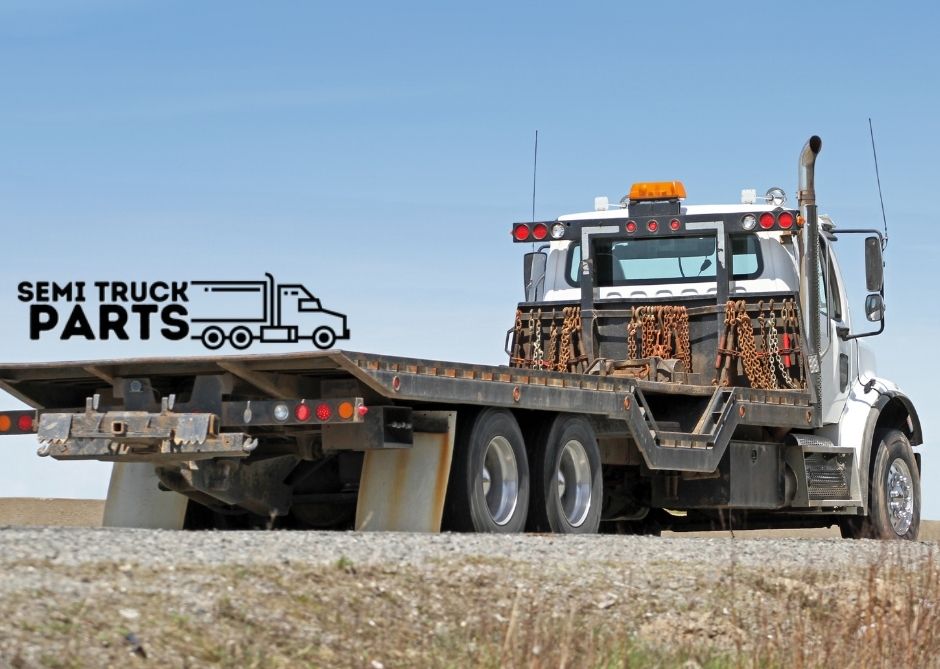Need help with installing seals? Look no further! Our Seal Installer Kit Guide provides step-by-step instructions for a hassle-free installation process.Are you looking to install seals with ease and precision? Look no further than the Seal Installer Kit Guide. This comprehensive guide is designed to assist both professionals and DIY enthusiasts in effectively installing seals for various applications. Whether you need to install seals in automotive engines, industrial machinery, or household appliances, this guide provides step-by-step instructions and helpful tips to ensure a successful installation every time. With detailed illustrations and clear explanations, the Seal Installer Kit Guide is your go-to resource for achieving a perfect seal. Say goodbye to leaks and hello to airtight and watertight seals with this essential guide.
The Ultimate Seal Installer Kit Guide: Everything You Need to Know
If you’re in need of a comprehensive guide on using a seal installer kit, you’ve come to the right place. Whether you’re a DIY enthusiast or a professional, having the right tools and knowledge is essential for the job. This guide will provide you with all the information you need to know about seal installer kits.
A seal installer kit is a set of tools specifically designed to assist in the installation of seals, gaskets, and O-rings. It makes the process easier, faster, and more efficient, ensuring a proper seal and preventing leaks.
Here are some key points to keep in mind when using a seal installer kit:
- Tool Types: Seal installer kits typically include a variety of tools such as seal picks, seal drivers, seal pullers, and O-ring tools. Each tool serves a specific purpose and is designed to make the installation process easier.
- Proper Seal Selection: Before using a seal installer kit, it’s crucial to select the right type and size of seal for your specific application. This ensures a proper fit and prevents potential issues down the line.
- Preparation: Clean the sealing surfaces thoroughly and remove any old or damaged seals. This ensures optimal adhesion and prevents contaminants from compromising the seal’s effectiveness.
- Installation Technique: Follow the manufacturer’s instructions and use the appropriate tool from the seal installer kit for each step of the installation process. This ensures a secure and tight seal.
- Maintenance: Regularly inspect and replace seals as needed to prevent leaks and ensure the longevity of your equipment or machinery.
How to Use a Seal Installer Kit: A Comprehensive Guide
A seal installer kit is a collection of tools specifically designed to facilitate the installation of seals, gaskets, and O-rings. It simplifies the process and ensures a proper seal, preventing leaks and ensuring optimal equipment performance.
Here is a comprehensive guide on how to use a seal installer kit:
| Step | Description |
|---|---|
| 1 | |
| 2 | Prepare the Surfaces: Ensure the sealing surfaces are clean and free from debris or old seal remnants. Use solvents or cleaning agents if necessary. |
| 3 | |
| 4 | Use the Seal Installer Tools: Depending on the type of seal, utilize the appropriate tools from the seal installer kit. This may include seal picks, seal drivers, or O-ring tools. |
| 5 | Follow the Instructions: Refer to the manufacturer’s instructions for proper installation techniques and sequences. Ensure you understand each step before proceeding. |
| 6 | |
| 7 | Inspect the Installed Seals: After installation, inspect the seals to ensure they are properly seated and aligned. Make any necessary adjustments if needed. |
By following these steps and using a seal installer kit correctly, you can achieve reliable seals and prevent costly leaks. Remember to regularly inspect and maintain the seals to ensure their longevity and optimal performance.
Top Tips for Choosing the Right Seal Installer Kit for Your Project
Choosing the right seal installer kit is crucial for the success of your project. Whether you are a professional or a DIY enthusiast, having the right tools can make all the difference in achieving a perfect seal installation. To help you in the process, here are some top tips:
- Identify the type of seals you will be working with. Different seal installer kits are designed for specific types of seals such as O-rings, gaskets, or oil seals. Knowing the type of seals you will encounter will help you narrow down your options.
- Consider the size range of the seal installer kit. Make sure the kit you choose can accommodate the seal sizes you will be working with. Look for kits that offer a wide range of sizes or adjustable options.
- Check the material of the seal installer kit. The tools in the kit should be made of durable and high-quality materials to withstand the pressure and friction involved in seal installation. Stainless steel or hardened plastic are good options.
Step-by-Step Guide: Installing Seals with a Seal Installer Kit
Installing seals with a seal installer kit can seem daunting, but with the right steps, it can be a smooth and successful process. Here is a step-by-step guide to help you:
- Prepare your workspace by ensuring it is clean and free from any debris. This will help prevent any contamination during the installation process.
- Identify the type and size of seal you will be installing. Refer to the manufacturer’s instructions or specifications to ensure you have the correct seal for your application.
- Select the appropriate tool from the seal installer kit based on the type of seal you are working with. Different seals may require specific tools for installation.
- If necessary, lubricate the seal and the area where it will be installed to ease the process.
- Position the seal on the installation tool according to the tool’s instructions. Ensure it is securely in place.
- Once the seal is properly seated, remove the installation tool carefully. Ensure the seal remains securely in place.
- Inspect the seal installation for any abnormalities or gaps. Make any adjustments if necessary.
- Clean up the workspace and dispose of any waste materials properly.
The Benefits of Using a Seal Installer Kit: A Complete Guide
A seal installer kit is a versatile tool that offers numerous benefits for various applications. Whether you’re a professional mechanic or a DIY enthusiast, investing in a seal installer kit can greatly simplify your work and improve efficiency. Here are some key advantages of using a seal installer kit:
- Ease of Installation: A seal installer kit includes specialized tools designed to properly install seals with precision and ease. These tools allow for accurate placement and ensure a tight and secure fit, minimizing the risk of leaks or damage.
Overall, using a seal installer kit offers significant advantages in terms of ease, efficiency, versatility, cost-effectiveness, and quality. Whether you’re working on automotive, plumbing, or any other sealing applications, a seal installer kit is a valuable tool that can enhance your work and deliver optimal results.
Seal Installer Kit 101: A Beginner’s Guide to Getting Started
If you’re new to seal installation, a seal installer kit is an essential tool that can assist you in achieving successful outcomes. Here’s a beginner’s guide to getting started with a seal installer kit:
- Familiarize Yourself with the Components: Before you begin, take the time to understand the different components of the seal installer kit. This may include various sizes of seal drivers, seal pullers, seal insertion handles, and other specialized tools.
- Choose the Right Size: Identifying the correct seal size is crucial for a proper fit. Refer to the equipment’s manual or consult a professional to determine the appropriate seal size for your specific application.
- Prepare the Area: Clean the surface where the seal will be installed to ensure a smooth and debris-free environment. This will help prevent any damage or interference during the installation process.
- Position the Seal: Using a seal driver tool from the kit, carefully position the seal onto the designated area. Make sure it is aligned correctly and sits flush with the surface.
- Apply Even Pressure: When applying pressure to install the seal, it is essential to distribute the force evenly. This will help prevent any distortions or misalignments that could compromise the seal’s effectiveness.
- Verify the Installation: After installing the seal, visually inspect it for proper placement and fit. Ensure there are no gaps or protrusions that could lead to leaks or other issues.
By following these beginner steps and utilizing the tools in a seal installer kit, you can successfully install seals with confidence and accuracy. Over time, you’ll become more proficient in seal installation, and the kit will continue to be an invaluable asset as you take on more advanced projects.


